Indonesian Teak Wood
- September 12, 2023
- 0 comment
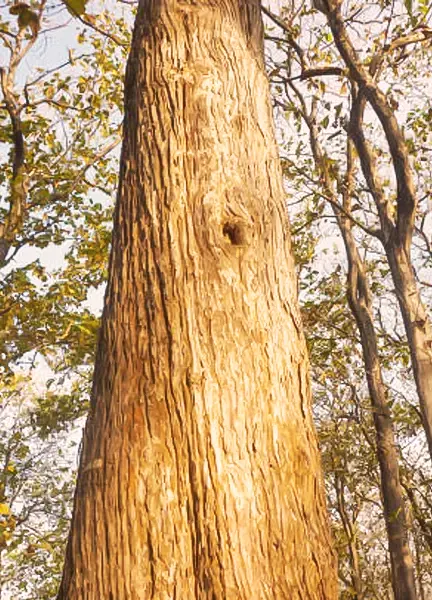
Indonesian Teak stands apart, predominantly grown on controlled plantations, especially in regions like Java. This timber boasts durability and an elegant appearance that’s slightly distinct from its Burmese counterpart. While it possesses a lighter shade, Indonesian Teak still exudes the charm and robust characteristics that have made teak wood of choice for millennia.
Texture
Characterized by its moderately coarse texture, Indonesian Teak offers a tactile experience that’s both organic and refined. The grain, predominantly straight, is sometimes interspersed with slightly wavy patterns. This texture doesn’t just add visual depth but also ensures that the wood remains versatile across various applications.

Bark
The protective grayish-brown bark of the Indonesian Teak tree is a testament to nature’s armor. Thick and rugged, it forms the tree’s first line of defense against pests and extreme weather conditions, reflecting its inherent resilience.
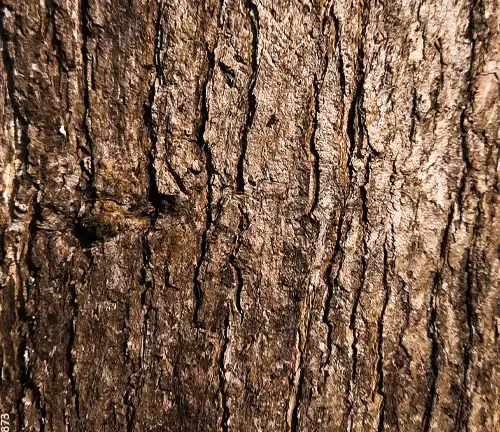
Furniture
One of the primary uses of Indonesian Teak is in furniture crafting. Its natural oils provide an in-built resistance to moisture and decay, making it perfect for crafting pieces that last, from elegant indoor settings to patio furniture that braves the elements year after year.
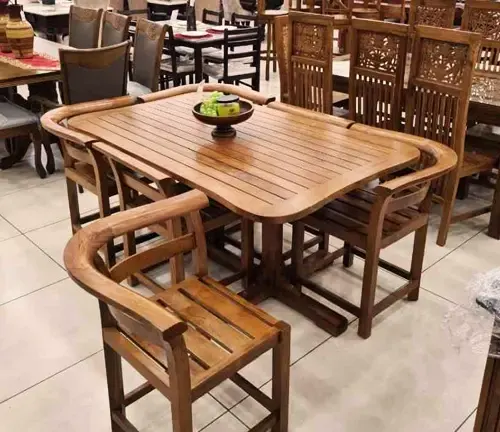
Weapon
In older times, the strength and durability of teak made it suitable for weapon components, especially handles and parts of traditional weapons. Though now overshadowed by modern materials, Indonesian Teak’s legacy in weaponry speaks to its enduring toughness.
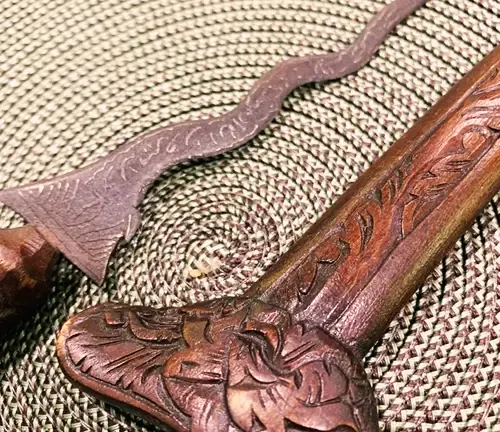
Firewood
While Indonesian Teak can be burned, it’s almost akin to using a piece of art as kindling. Its rich oil content, while advantageous in many applications, leads to increased smoke when burned, making it less ideal as a source of firewood.
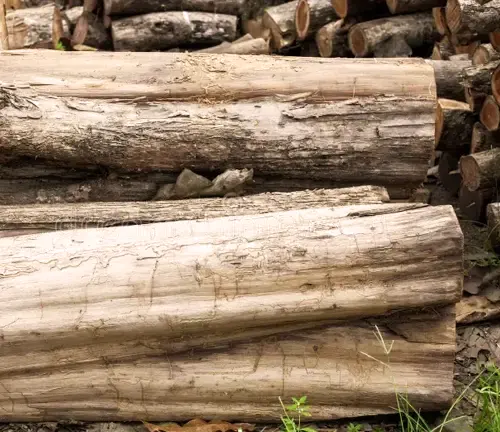
Construction
Indonesian Teak’s inherent qualities, particularly its resistance to moisture, have long been recognized in construction, especially for projects like beach houses, pool decks, or harbor structures where the timber would frequently be exposed to water.
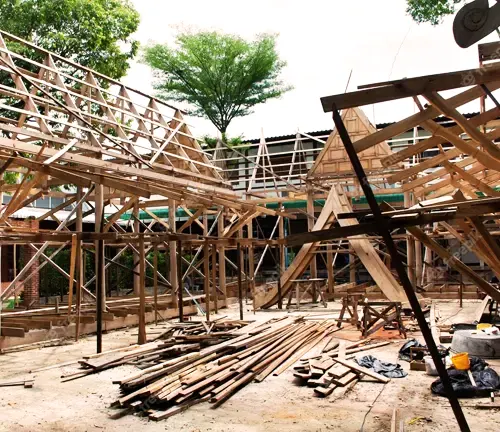
Plywood
Indonesian Teak veneer, with its impeccable grain and texture, is a favorite in plywood production. Such plywood finds its way into luxury cabinetry, detailed woodworking projects, and even shipbuilding.
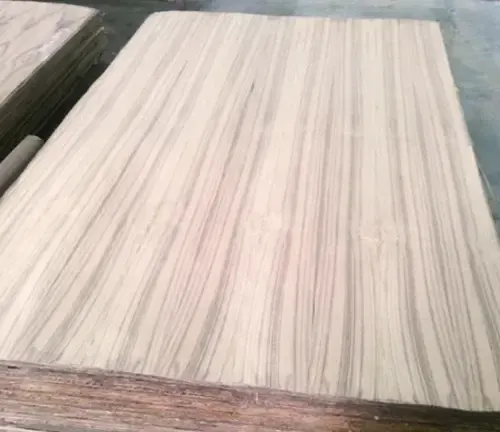
Board
The boards crafted from this teak are a woodworker’s dream—suitable for intricate joinery, elaborate woodworking projects, and other decorative applications that require a touch of sophistication.
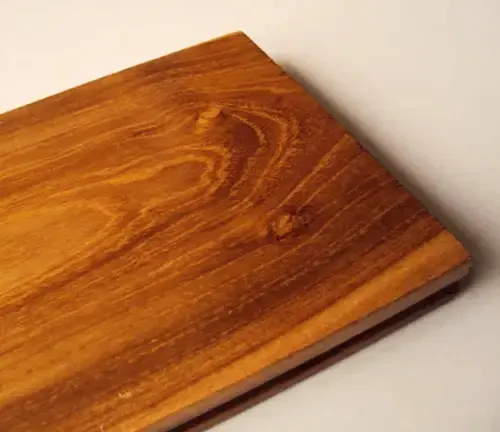
Railroad Cross Ties
Although teak’s durability could serve well in railroad applications, its economic value and the availability of cheaper alternatives mean it’s not a primary choice for crossties.
Pallet
Teak’s value and inherent qualities make it somewhat overqualified for typical pallet use. However, in luxury shipping or specialty applications where the properties of teak are desirable, it might be considered.
Fencing
A fence made from Indonesian Teak isn’t just a boundary; it’s a statement. Combining durability with aesthetic appeal, such fences are both functional and artistically pleasing.
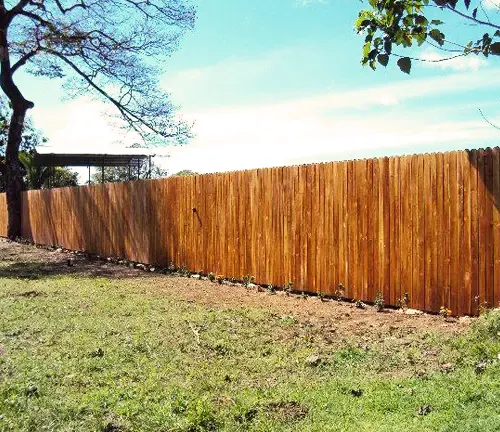
Wood Decking
For decks that face the relentless challenge of fluctuating weather, Indonesian Teak provides an answer. Resistant to moisture, fungal attacks, and termites, decks made from this wood promise longevity.

Live Edge Siding
The trend of live-edge wood has found a luxurious partner in Indonesian Teak. When used for siding, it offers homes a look that merges the wildness of nature with opulence.

Beams
Within construction, Indonesian Teak beams are dual-purpose. Structurally, they provide strength. Aesthetically, they introduce an element of luxury, often becoming a centerpiece in architecture and interior design.
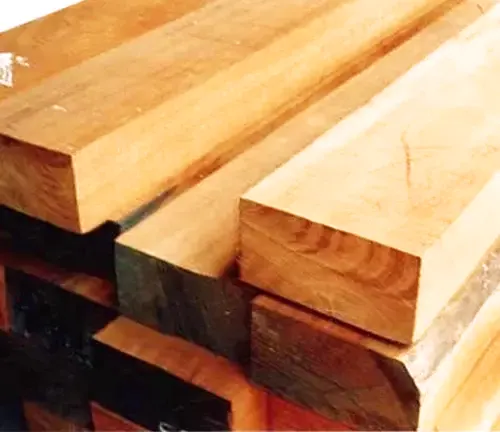
You can check our Lumber Section for an even more comprehensive look into the world of wood and its countless applications. There’s a wealth of knowledge waiting for you there, so dive right in and embark on your next enlightening read. Happy Reading!
FAQs
- What sets Indonesian Teak apart from other types of teak?
Indonesian Teak, primarily grown on controlled plantations in Java and surrounding regions, has a slightly lighter shade than other teak types. Its unique growth environment and sustainable harvesting methods make it distinct both in quality and ecological impact. - How does the sustainable harvesting of Indonesian Teak work?
A significant portion of Indonesian Teak comes from government-regulated plantations that prioritize responsible forest management. This includes ensuring that for every tree harvested, a new one is planted, maintaining the ecological balance. - Is Indonesian Teak resistant to termites and pests?
Yes, like other teak varieties, Indonesian Teak possesses natural oils that deter termites and other wood-boring pests, making it a durable choice for various applications. - Why does Indonesian Teak often feature in luxury yachts and boats?
The wood’s inherent resistance to moisture and decay, coupled with its aesthetic appeal, makes it a top choice for marine applications, including luxury yachts and boat interiors. - How does Indonesian Teak wood age?
Indonesian Teak gracefully ages, turning to a silvery-grey hue when left untreated under the sun. However, its structural integrity remains unaffected, and many even prefer this aged look for its rustic appeal. - Can Indonesian Teak be used indoors and outdoors?
Absolutely! Its durability, resistance to moisture, and elegant appearance make it suitable for both interior and exterior applications—from indoor furnishings to outdoor patios and decks. - How does Indonesian Teak contribute to local economies?
The cultivation, harvesting, and processing of teak have provided job opportunities for thousands in Indonesia. Moreover, the export of teak products significantly contributes to the country’s economy. - Are there any specific care tips for furniture made from Indonesian Teak?
While Indonesian Teak requires minimal maintenance due to its natural oils, periodic cleaning with mild soapy water can help maintain its appearance. For those looking to preserve the golden-brown hue, teak-specific oils or sealers can be applied. - How does Indonesian Teak handle environmental fluctuations?
Exceptionally well! It’s resistant to changes in temperature, humidity, and other environmental factors, making it suitable for use in diverse climates worldwide. - With concerns about deforestation, how sustainable is the Indonesian Teak industry?
Indonesia has made strides in ensuring the sustainability of its teak industry. The government-regulated plantations emphasize responsible forest management, balancing harvest rates with replanting efforts. Additionally, there are various certifications in place to ensure that teak products are sourced sustainably.
In the vast world of timber, Indonesian Teak wood carves out its unique narrative. With its roots anchored deep in the rich soils of Java and its branches reaching out to global markets, this wood is a testament to nature’s splendor and human craftsmanship. Beyond its undeniable beauty and resilience, it embodies the symbiosis of sustainable forestry and timeless utility. As we continue to craft, build, and design, Indonesian Teak stands as a beacon of ecological responsibility and artisanal excellence. Whether it adorns a majestic yacht or becomes part of a cherished piece of furniture, its story resonates—a blend of nature’s gift and humanity’s stewardship.


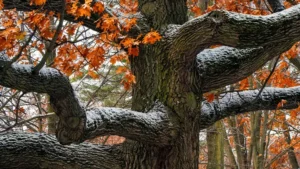
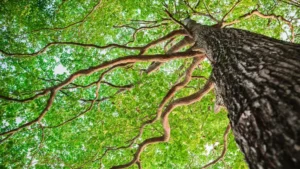
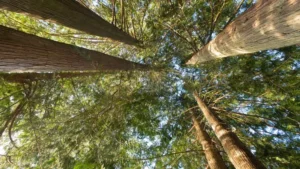
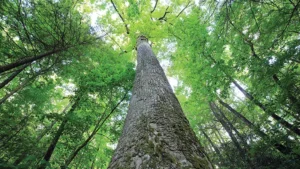

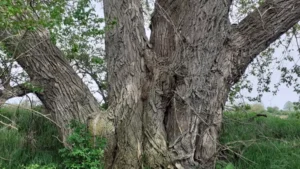
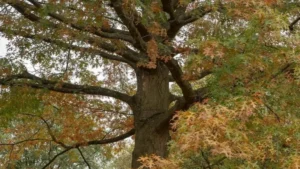
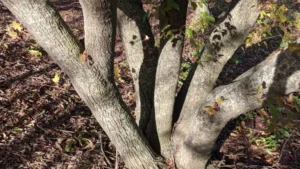


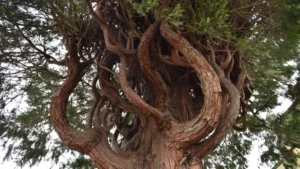
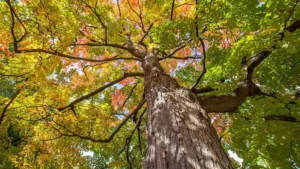
Leave your comment